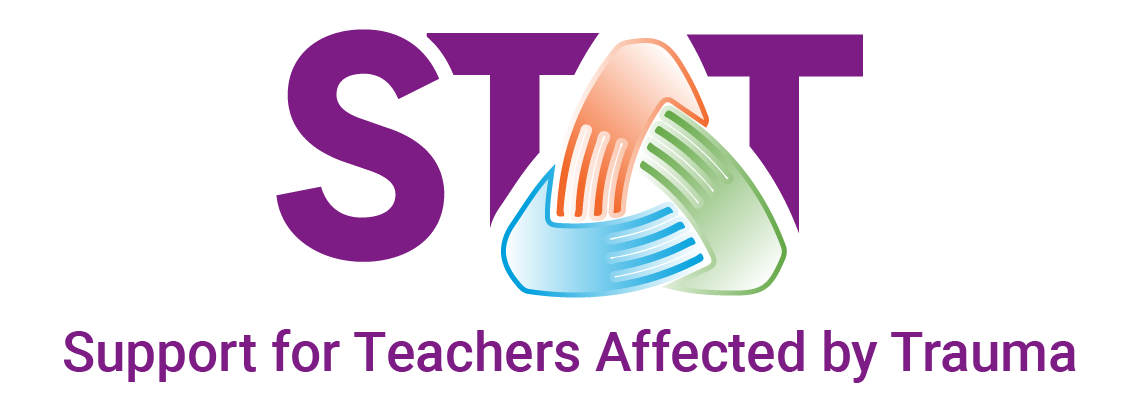 SAMHSA describes secondary traumatic stress (STS) as “the emotional duress that results when an individual hears about the firsthand trauma experiences of another person.”
SAMHSA describes secondary traumatic stress (STS) as “the emotional duress that results when an individual hears about the firsthand trauma experiences of another person.”
Much of what we know about STS has been informed by the experiences of people in helping professions, like first responders and child welfare workers. Comparatively, teachers may not seem obvious candidates for STS, but working with students offers ample opportunities for the development of secondary trauma. Teachers are in a unique position to hear about their students’ traumatic experiences, both first and secondhand.
Recognizing the need to provide information and support for teachers currently experiencing or at risk of experiencing STS, a group of experts in the fields of trauma and education worked with 3C Institute to develop the Support for Teachers Affected by Trauma (STAT) course. STAT explores the concept of secondary trauma, risk factors associated with susceptibility to STS, the impact of STS across multiple life domains, and tangible self-care skills.
Users can complete a self-assessment scale that measures and tracks STS levels over time, as well as create self-care goals that may protect against the development of STS.
The STAT course brings much needed attention and understanding of secondary trauma to the field of preK-12 education.

